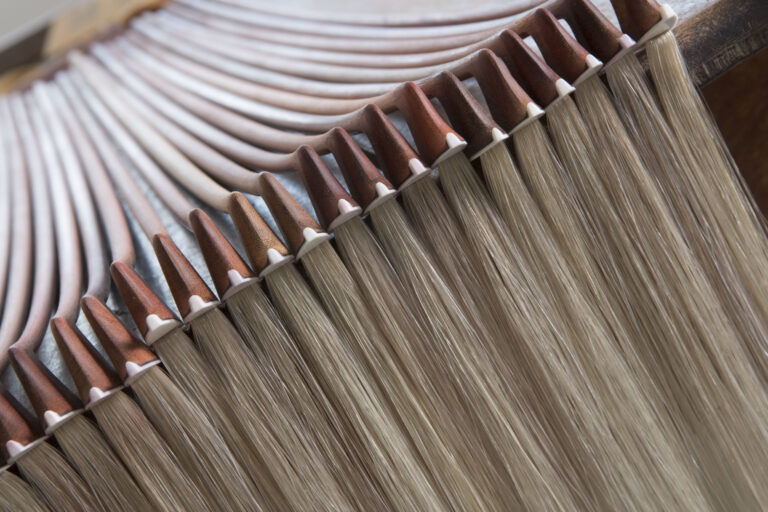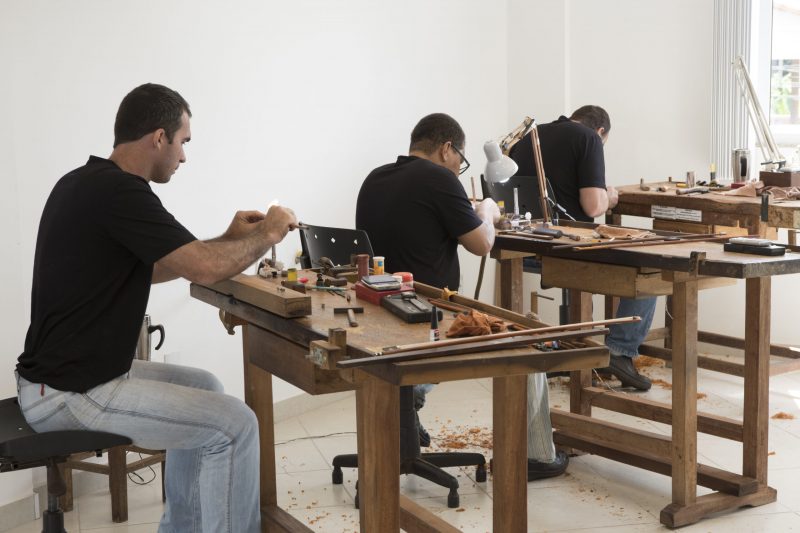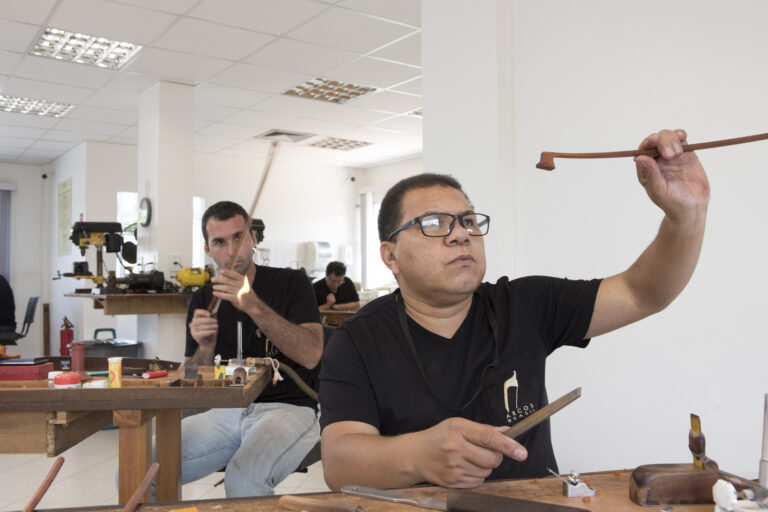Our Bows Are Classically Crafted
Our bowmakers are extremely talented and concentrate on the finest details of the artistry.
Wood Selection & Cutting
Pernambuco Wood selection is likely the primary factor in the production of fine bows. Many attempts have been made to quantify scientifically the attributes that make Pernambuco the wood of choice, however, like the fine art of making a beautiful Katana or an exquisite jewelry masterpiece, human touch and experience speaks much louder. Selection is followed by cutting the wood into bow blanks. This process is carefully carried by highly trained professionals to avoid unnecessary waste and result in blanks with the appropriate wood grain direction. The blanks are then stored and dry naturally over a span of many years.
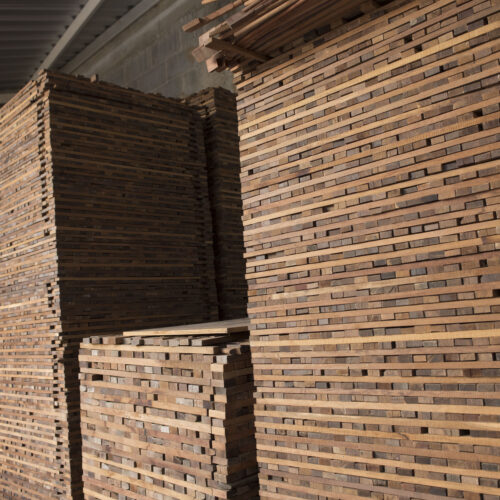
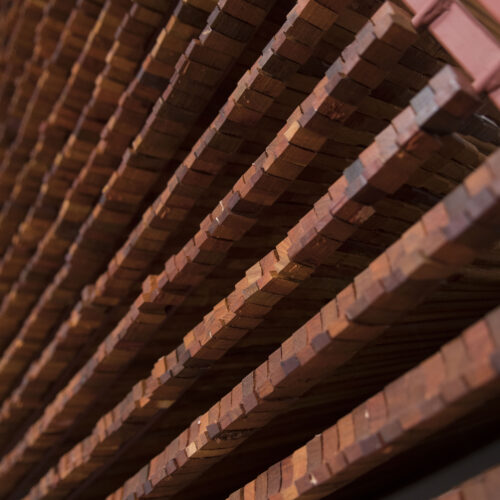

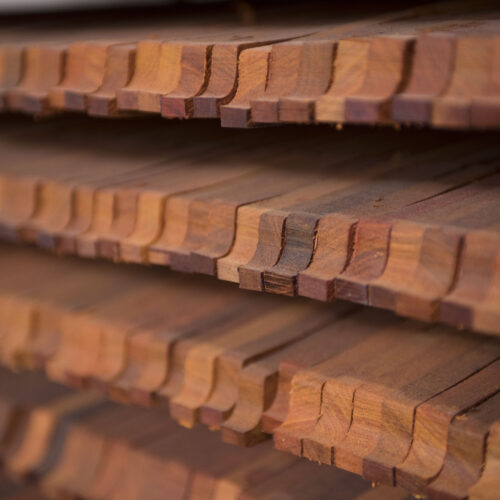

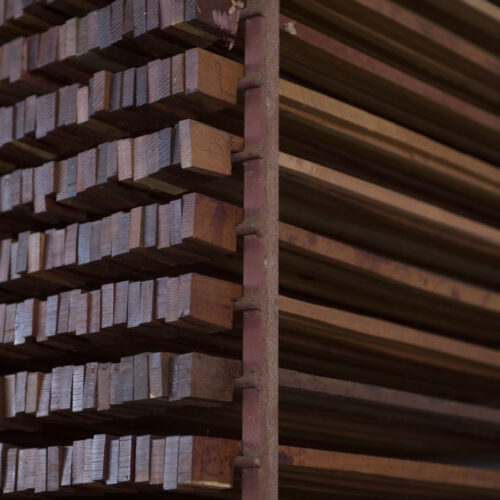
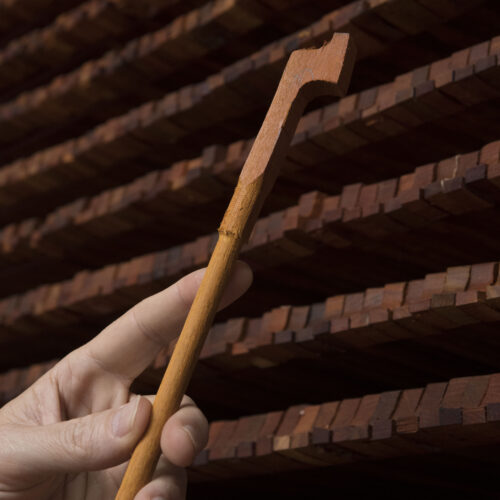

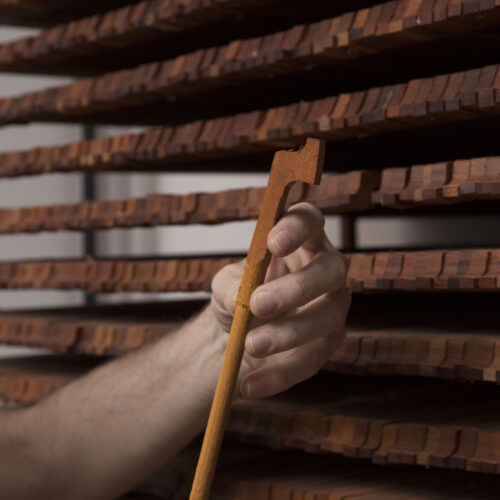

Stick Preparation for the Bowmakers
Processing the sticks is important before reaching the bowmaker’s bench. The wood goes through turning on a special lathe, has an initial rough carving and is bent to the standard camber. Here and throughout the entire making progression, the wood is thoroughly inspected for flaws or potential weaknesses. The bone tip and ebony strip are glued to the previously shaped surfaces of the head. The rough graduation and head shaping is then completed by skilled workers aspiring to become bowmakers.





The Process of Crafting Our Bows
After preparation the stick is again specifically selected for the makers. Here it is decided the grade of bow it will eventually become. Our talented makers concentrate in creating their works of art, carefully graduating the stick to its final shape, while using their experienced hands to approximate the desired flexibility and strength along the bow. The heads are traditionally shaped to the style and individuality of each bow maker. The camber is fine-tuned during this stage, mortises are cut, and the frogs are carefully fit onto the stick. One of the last tasks is to fit the bow with the proper amount of horse hair, resulting in an even ribbon, perform a final inspection and make any adjustments necessary. Finally the maker proudly brands his name stamp onto the stick.

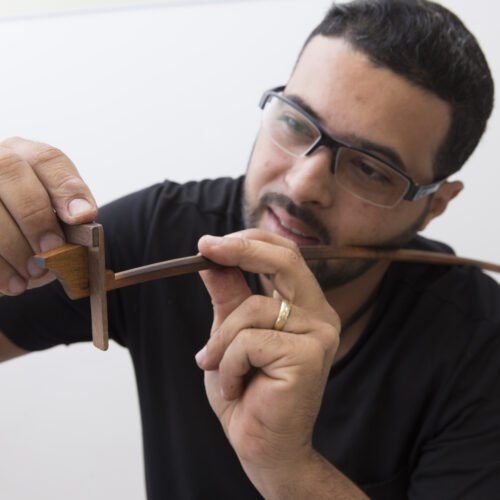
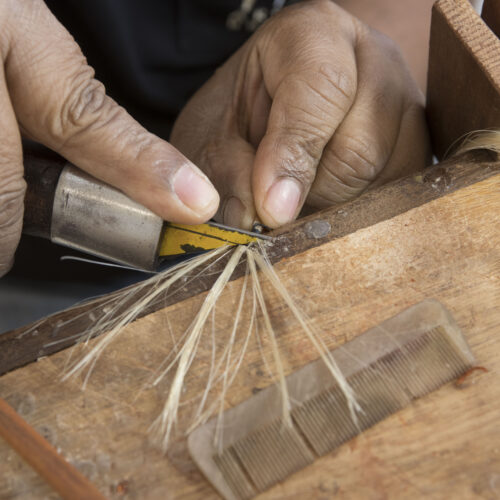


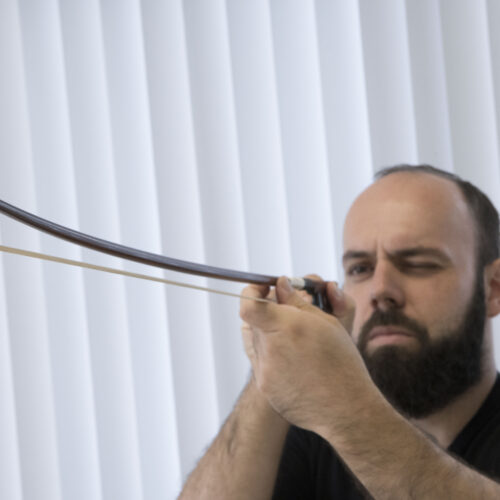
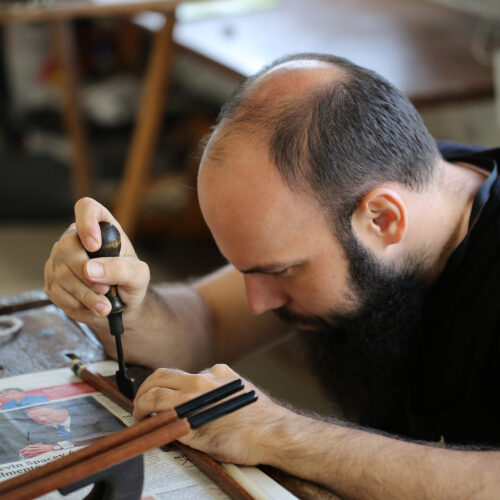

Finishing Our Bows
In this stage the bow is moved to the finishing room, a controlled humidity environment. The stick’s surface is finished by a gradual sanding from 350 to 1200 grit, surface oxidation and finally an application by gifted hands of a traditional mix of oil and shellac. Gold or silver wire or whalebone winding are chosen taken into consideration to the desired total weight and balance of each bow. Occasionally gold or silver French tinsel and silk thread are also used. The finished bows undergo a final inspection, are carefully packaged and start their long voyage across the globe to the hands of inspiring young artists.
